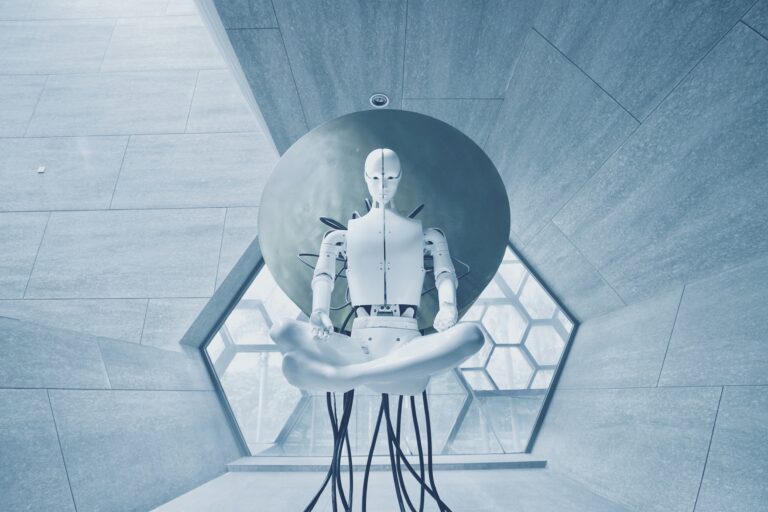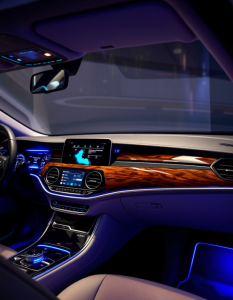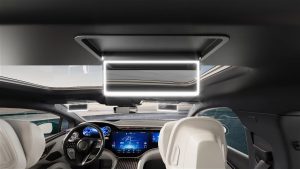The relationship between humans and machines has undergone a remarkable transformation, paralleling the evolution of technology. From mechanical switches to touchscreens and voice-controlled assistants, the Human-Machine Interface (HMI) has traversed through various stages of development, reshaping the way we interact with technology.
Stages of HMI Evolution
Mechanical Era
In the early stages, HMI relied solely on mechanical components. Physical buttons, knobs, and levers formed the basis of interaction. Users engaged with devices through tangible mechanical movements.
Electrification
With the advancement of electrical engineering, electrified interfaces emerged. Electronic switches, indicators, and buttons started to replace purely mechanical components, allowing users to interact through electrical signals.
Electronics Integration
The integration of electronic components marked a new phase in HMI evolution. Touchscreens, LED displays, and digital interfaces entered the scene. This era brought greater flexibility and customization to interactions.
Computerization
The advent of computers led to the computerization of HMI. Graphical User Interfaces (GUIs) introduced icons, menus, and windows, enabling more complex interactions through keyboards and mice. Software design gained prominence.
Mobile Revolution
The proliferation of smartphones and tablets sparked the mobile revolution. Touchscreens, gesture recognition, and mobile apps transformed HMI into an intuitive, on-the-go experience, altering the way we interact with technology.
Natural Interfaces
Recent trends focus on naturalizing HMI interactions. Voice assistants, gesture recognition, virtual reality, and augmented reality technologies enhance the integration of technology into our lives, enabling more seamless and intuitive interactions.
Key Factors Shaping HMI Evolution
Technological Advancements: Each stage of HMI evolution has been shaped by breakthroughs in mechanical, electrical, electronic, and computational technologies.
User-Centric Design: The shift towards user-centered design has led to more intuitive interfaces that cater to users’ preferences and habits.
Miniaturization: Advances in miniaturization have allowed for the integration of powerful interfaces into smaller devices, making technology more portable.
Connectivity: The rise of the internet and IoT (Internet of Things) has facilitated the development of interfaces that can communicate and interact with multiple devices.
In conclusion, the journey of HMI evolution reflects the continuous advancement of technology and the evolving needs of users. From humble mechanical switches to sophisticated natural interfaces, the HMI’s evolution has reshaped the way we interact with machines. As technology continues to advance, the possibilities for even more seamless and intuitive interactions are bound to expand, further blurring the line between humans and machines.







